Search Images
Browse Content (p. 945)

Image
Map of Mutapa
A 1635 CE map of southern Africa by Willem Janszoon Blaeu. It shows the kingdom of Monomotapa (aka Mutapa), although it inaccurately shows the kingdom's spread over a far larger area than it actually controlled around the Zambezi River.
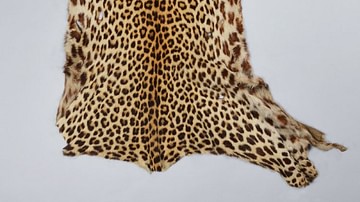
Image
Shona Leopard Skin Apron
A leopard skin apron which would have been worn by an elite member of the Shona, rulers of such kingdoms as Great Zimbabwe and Mutapa in southern Africa between the 12th and 17th century CE. (British Museum, London)
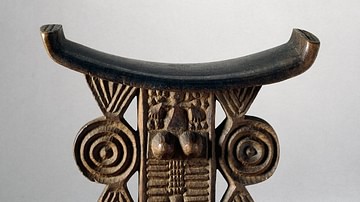
Image
Shona Wooden Headrest
A carved wooden headrest of the Shona tribe. The Shona created such southern African kingdoms as Great Zimbabwe and Mutapa between the 12th and 17th century CE. Zimbabwe, 19th century CE, height: 17 cm. (British Museum, London)
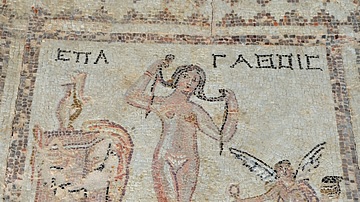
Image
Aphrodite Bathing Mosaic, Cyprus
Mosaic pavement from a Roman villa in Alassa depicting Aphrodite bathing and a winged Eros holding a mirror, 5th century CE. Limassol Archaeological Museum, Cyprus.
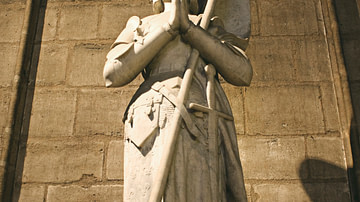
Image
Statue of Joan of Arc
Notre Dame, Paris

Image
Joan of Arc
Statue of Joan of Arc (1412-1431) in Saint-Étienne Cathedral, Meaux, France.

Image
Map of Cyprus
Map of Cyprus
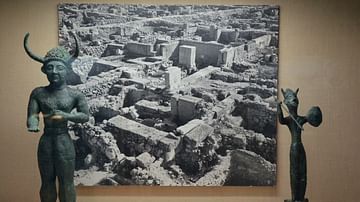
Image
Bronze Horned God & Ingot God from Enkomi, Cyprus
Two bronze statuettes from Enkomi dated to the early 12th century BCE, Cyprus Museum. The statuette on the left is the so-called “Horned God” which depicts a deity portrayed as a young athlete wearing a horned helmet. The statuette on the...
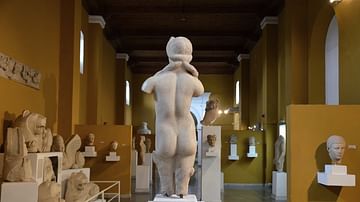
Image
Hall of the Sculptures, Cyprus Museum
Hall of the sculptures, Cyprus Museum, Nicosia.
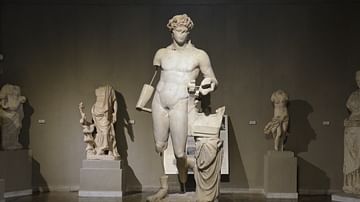
Image
Roman Sculptures from Salamis, Cyprus
Sculptures from the Gymnasium of Salamis, 2nd century CE. Cyprus Museum, Nicosia.